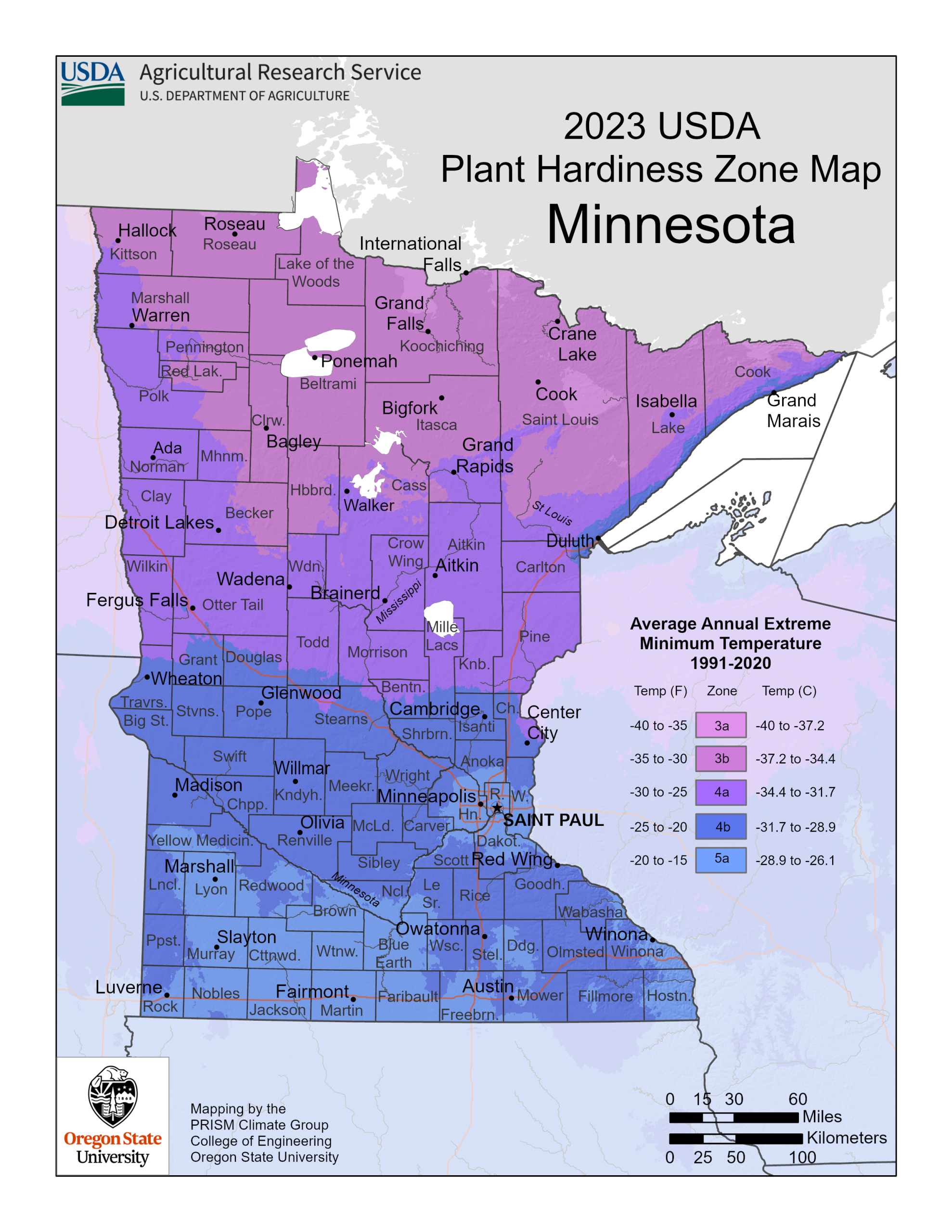Spring is in the air, and gardening season is here! With seed packets and starter plants in store, there are dozens of veggie, fruit, flower, and herb options for you to bring your own personalized plot to life. Whether you are new to gardening or have more than a few seasons under your belt, check out our seed guide below to learn some helpful basics and get ready to get growing!
🌱 Minnesota Seed Guide
General Notes:
🥦 Cool-Season Crops
(Start early, transplant before/just after last frost)
| Crop | Start Indoors | Transplant Outdoors | Notes |
|---|---|---|---|
| Lettuce | 6-8 weeks before last frost | 2-3 weeks before last frost | Can direct sow too |
| Kale | 6 weeks before last frost | 2 weeks before last frost | Cold hardy |
| Spinach | Direct sow | N/A | Perfers cold, bolts in heat |
| Broccoli | 6-8 weeks before last frost | 2 weeks before last frost | Needs hardening off |
| Cabbage | 6-8 weeks before last frost | 2-3 weeks before last frost | Cool-loving |
| Peas | Direct sow | N/A | Plant as soon as soil is workable |
🍅 Warm-Season Crops
(Needs heat, transplant after last frost)
| Crop | Start Indoors | Transplant Outdoors | Notes |
|---|---|---|---|
| Tomatoes | 6-8 weeks before last frost | 1-2 weeks after last frost | Needs staking |
| Peppers | 8-10 weeks before last frost | 2 weeks after last frost | Warmth lover |
| Eggplant | 8-10 weeks before last frost | 2 weeks after last frost | Heat-loving |
| Cucumbers | 3-4 weeks before last frost | After frost | Start in pots to avoid root shock |
| Squash (Zucchini, etc.) | 3-4 weeks before last frost | After frost | Large seeds, fast growers |
| Melons | 3-4 weeks before last frost | After frost | Needs long warm season |
🌻 Flowers (Popular Annuals)
| Flower | Start Indoors | Transplant Outdoors | Notes |
|---|---|---|---|
| Marigolds | 6-8 weeks before last frost | After frost | Pest deterrent |
| Zinnias | 4-6 weeks before last frost | After frost | Easy to grow |
| Petunias | 10-12 weeks before last frost | After frost | Slow grower |
| Snapdragons | 8-10 weeks before last frost | After frost | Cool-season bloomers |
USDA Plant Hardiness Zone Map

A hardiness zone map is a tool that helps gardeners and farmers determine which plants are most likely to thrive in a specific geographic area based on the average minimum winter temperatures. It’s mainly used to select perennial plants (those that come back each year), since they must survive winter cold. If you live in zone 5a, you should choose plants labeled “hardy to Zone 5” or lower, because they can survive your local winter temperatures.

